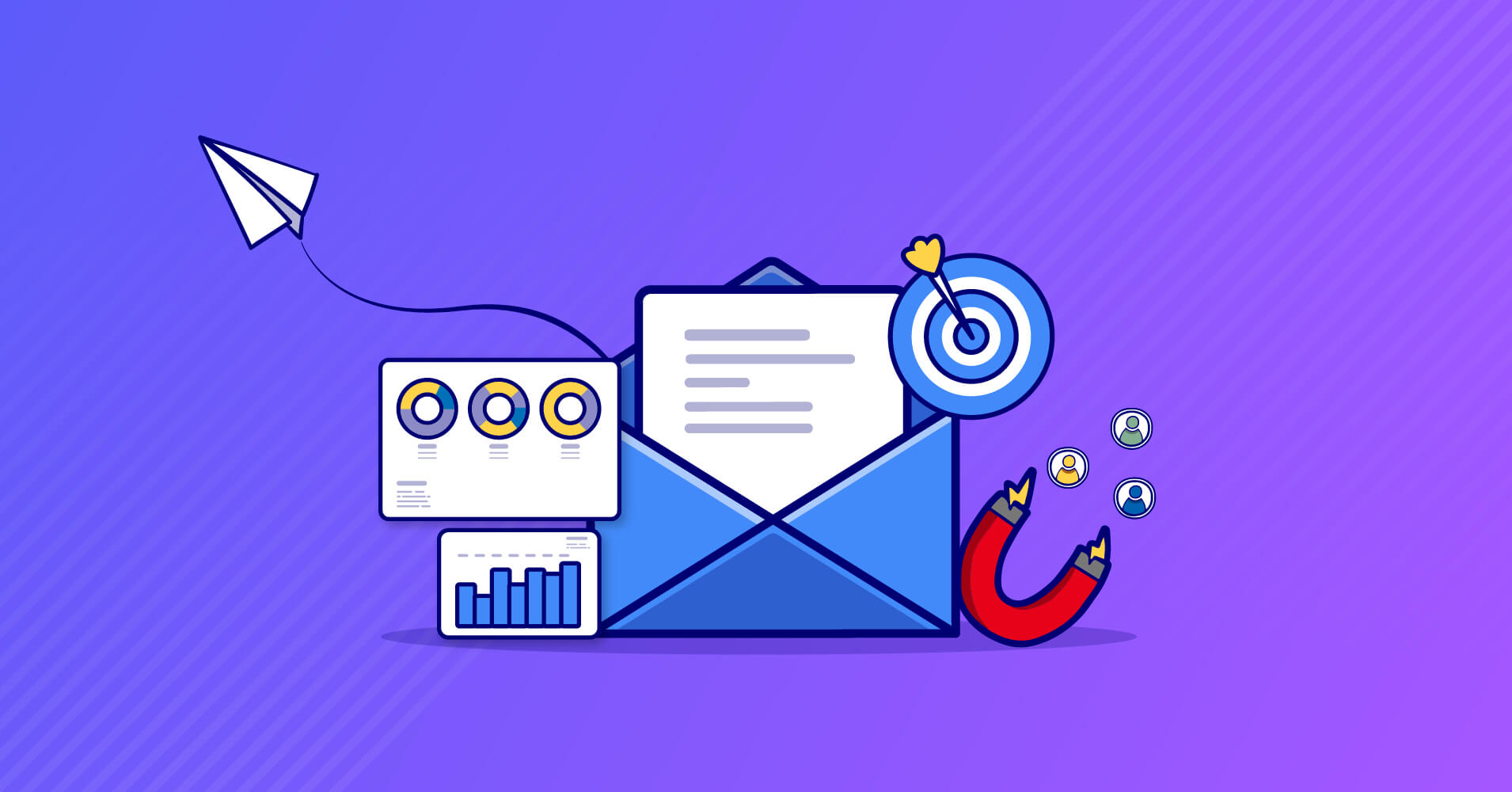
How Can Email Marketing Fuel Your Overall Inbound Strategy?
60% of marketers consider content essential for their overall marketing strategy.
Inbound marketing is a way to attract your target clients by assisting their entire buyer’s journey, from the point they first connect with your brand to the stage where they become customers and even your brand advocates.
Email marketing can play a supporting role in your inbound marketing strategy. Now, the question is – why is email marketing important, and how can email marketing fuel your overall inbound strategy?
Let’s find out!
What is inbound email marketing?
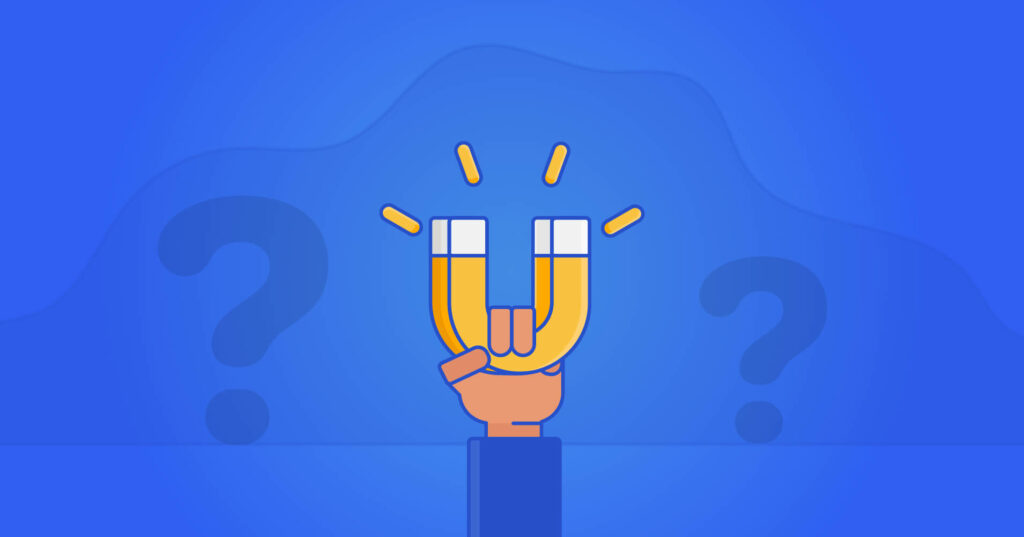
The inbound marketing methodology is built on a set of non-intrusive techniques that assist brands in accomplishing the following goals:
- Attract: Find out your brand’s target audience and define what they desire. You can attract the appropriate audience by providing valuable content and engaging in conversations that establish you as a trusted mentor they want to work with.
- Engage: Sending targeted emails based on the audience’s requirements and needs and delivering insights and solutions relevant to their problems to make them want to buy from you.
- Delight: Build a lead-nurturing program that includes helpful content for customers and assists them with their queries via email to make them delighted with your efforts!
When customers get delighted and tell others about it, it attracts additional customers to your company and creates a self-sustaining loop. That’s how your company gains traction, so the inbound methodology makes a solid foundation for your business and grows it rapidly.
Why is email marketing important for your inbound strategy?
Email marketing is an indispensable part of any digital marketing strategy. It allows organizations to acquire new leads, drive them into becoming customers, and retain them by providing a straightforward B2C communication experience!
Since inbound marketing aims to provide a consistent user journey by nurturing and educating them in various stages of their lifecycle, email marketing can fit into it as a primary communication medium. It enables an inbound marketer send various messages as leads turn into customers and customers turn into brand advocates.
Dive into why email marketing is important.
How can email marketing fuel your overall inbound strategy?
Email marketing leaves an immensely positive impact on your inbound marketing strategy. It creates a medium to open communication between client and company in a personalized way. Now, let’s see how email marketing aligns with inbound marketing:
How does email marketing intersect with inbound marketing?
As a marketer, your initial goal is to be visible to users searching for content that addresses their intent or pain points in the attract stage. It can be possible through targeted ads, video marketing, keyword-researched blog posts, social media targeting, etc.
Once a subscriber is aware of and attracted by your product, the most critical task is converting your leads into customers.
1. Email marketing in the engage stage – transforming leads into customers
The primary target is to convert leads into customers. In your buyer’s journey, segmenting your audience into groups and providing them with the correct information at the right time is crucial for conversion.
It is not right to send a case study or a product comparison chart to a buyer at the initial stage of their journey. You can send them a welcome email first and engage them with details about your offerings. So, you have to keep your databases organized to keep your buyer’s journey on track.
When a customer submits information to your website and allows you to send marketing emails, you should set a workflow to engage with that receiver through a series of automated emails.
That brings us to automation which is vital if you want to create buzz around your content. Email marketing automation helps you automate your tiring email marketing tasks. It lets you create a workflow for sending emails according to your chosen schedule and condition.
When your leads are already attracted to your brand through your content strategy and offer, engage and delight stages of your buyer’s journey start, where email marketing can be a very effective tool.
2. Email marketing in the engage stage – nurturing leads and developing a relationship
While the primary goal of a sales funnel is to make a prospect aware, this is the stage to show why your solutions are the best fit. Email marketing can be a useful tool for nurturing leads, creating relationships, and establishing trust between your audience and your brand in the middle of the funnel.
Lead nurturing
When you have information such as email addresses, shopping habits, and website visit preferences, you can send lead nurturing emails to keep them engaged with your business.
Lead nurturing campaigns should keep your leads moving ahead through the sales funnel. Triggers that send timely emails in response to website actions or activities will increase your clients’ confidence in acquiring a product or service.
3. Email marketing in the delight stage – turning customers into brand advocates
Your marketing efforts should not end right after someone becomes a customer. It’s possible to increase customer lifetime value and word-of-mouth referrals by developing a relationship with your customer beyond the sale.
In the delight stage, you’ll deal with leads that have become customers. Such contacts may be incentivized to shop again even if they are first-time buyers.
Keeping your brand in front of customers’ minds during the delight stage can encourage them to return for more and spread your brand through word-of-mouth marketing. Businesses can accomplish it through email marketing!
Continued education
Email marketing is a potential way to send out ongoing education materials. Emails like these help a brand create trust by providing relevant, engaging, and timely content without expecting anything in return.
Offering free professional advice and guidance relevant to their needs makes it easier to make your customers feel valued. They’ll see you and your company as trustworthy experts in their sector.
Segmented customer newsletters
Customers can stay engaged with businesses by receiving newsletters based on their purchase history and demographics. It is about offering informative content to develop brand trust. It’s also a fantastic opportunity to launch new products, make announcements, and keep up with industry news. You can develop a newsletter strategy to boost your customer engagement.
Referral programs
A referral program rewards clients for spreading the word about your business by providing them with a perk. It has a considerably higher chance of being remembered and followed upon. Referrals can benefit both you and your clients! When they receive a reward and tell their friends or family, your company may gain brand loyalty and word-of-mouth marketing as a result of it.
In your inbound marketing strategy, email marketing can be a great weapon. It’s ideal for lead nurturing because it gives clients educational resources, promotes referral programs, and keeps them informed about company updates.
The components of a successful email marketing strategy
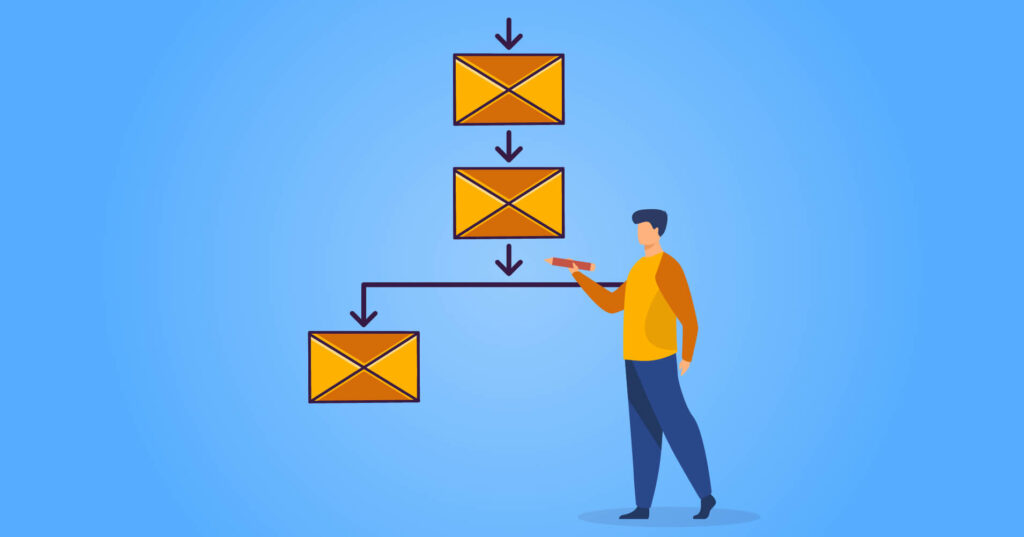
So far, we have discussed the efficiency of an inbound email marketing strategy. Now it’s time to put everything into action!
Email is a crucial component in any digital marketing strategy. It’s the ultimate way to engage with prospects, promote content or events, and stay in touch with consumers, all while keeping your brand on top.
While there is no magic recipe for writing the ideal email, there are some things you should always do to increase the chances of your emails being successful.
Check the below list before starting to send marketing emails:
Great copywriting
Sending poorly written emails without noticing customer details can harm your business’s reputation. It’s best to send messages to prospects who willingly signed up for your mailing list. Notice every detail of your prospect, and write emails that align with the customer’s expectation.
As the top priority of an inbound email marketing campaign, write user-focused emails that add value to your prospect’s lives to increase click-through rate and keep your subscribers engaged.
Segmentation
One of the best things about email marketing is the ability to have a robust segmentation strategy. It will help increase your open and engagement rates and ensure you send emails that are a good fit for them and provide real value. The more you can segment the users, the better results you will see.
Segmentation uses your database or CRM to group similar individuals and send them emails of specific value.
Catchy email subject lines
People prefer to filter their email messages and only open the most relevant ones – especially those who use email for purposes other than work. So, create appealing email subject lines to get your customer’s attention.
Email personalization
Email personalization is about sending highly targeted emails to your audience using information about your customers or prospects. Their first name and surname, company or business information, products from the cart, location, or purchase information, you can include all in the email.
Email personalization is recognized for enhancing open and click-through rates. Your subscribers are more likely to engage when you send an email that matches their expectations rather than an irrelevant email that doesn’t make sense.
Adding CTA Button
The call-to-action(CTA) is where you want your readers to click. Focus on one action you want your recipients to take and include a call-to-action(CTAs) to encourage your readers. Make it visible by choosing the right size and color and draw your recipient to the decision.
Unsubscribe and email preferences and suppression
No one wants users to unsubscribe from their emails, but that doesn’t mean you hide the unsubscribe button itself. Putting your preferences and unsubscribe buttons in a precise and easy-to-find location will convey a sense of trust to your readers and help you stay compliant with the CAN-SPAM Act.
Your unsubscribe button should not be as massive or visible as your body text or call-to-action, but it should still be easily accessible if a user wishes to unsubscribe.
While segmentation is the process of selecting who will receive your emails, suppression is the process of preventing people from receiving them. Both are equally important.
You can create a list of contacts you don’t want to receive a specific email and exclude them when sending out an email using your marketing automation platform.
With those in mind, your email campaigns will fuel your overall inbound strategy as they should.
Conclusion
Email marketing is the portal that allows you to create seamless communication between you and your customers. On the other hand, the inbound marketing strategy continues to shine through as an engaging marketing automation strategy, with email marketing as a big part.
By implementing email through a tremendous inbound strategy, your business can multiply the return on investments and grow rapidly. So if you haven’t started using email marketing to fuel your inbound strategy already, it’s high time to do so!
Do you think you know more strategies for businesses?
Feel free to comment below!
Mohiuddin Omran
Mohiuddin Omran is a mathematician with a passion for writing. A technology enthusiast and a keen follower of software trends dealing with digital marketing at FluentCRM. When not in the workspace, you’ll find him roaming with his friends.



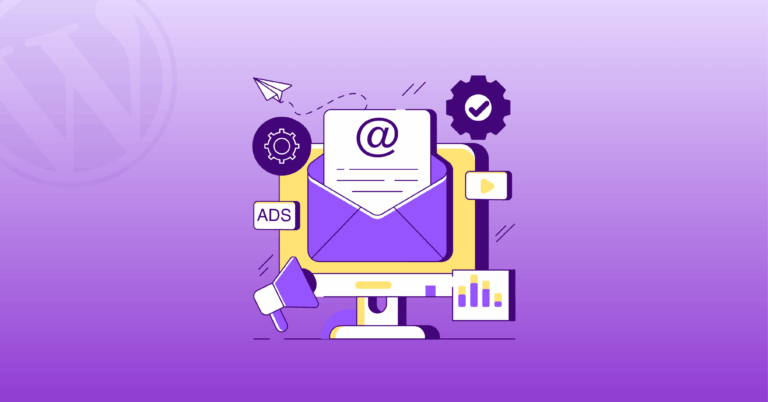
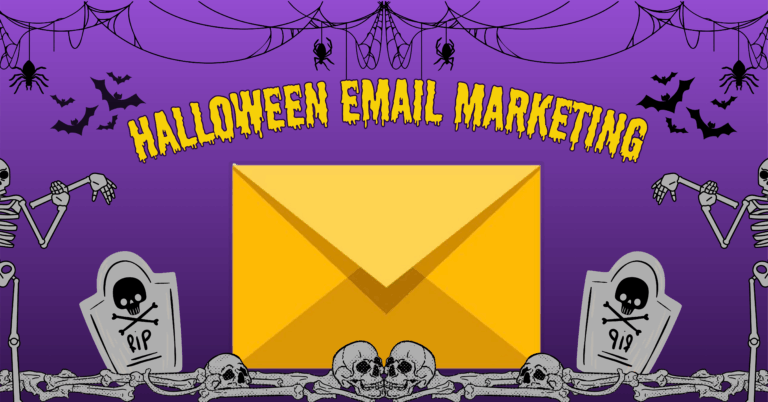

Leave a Reply